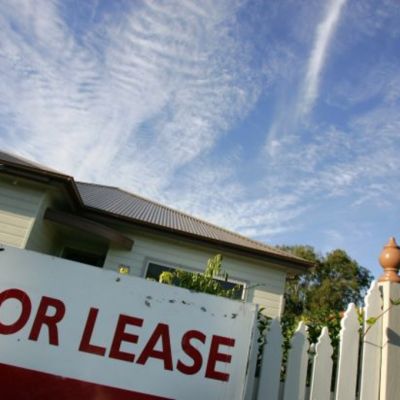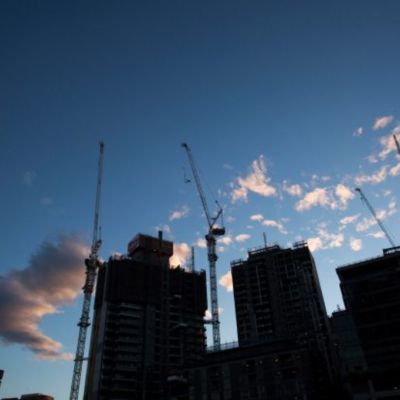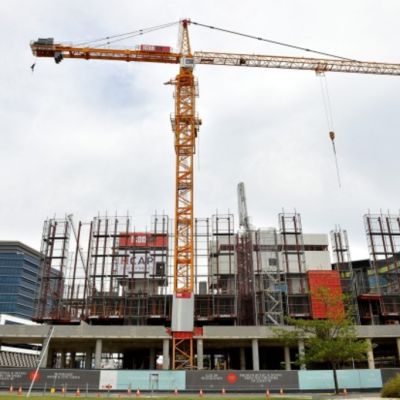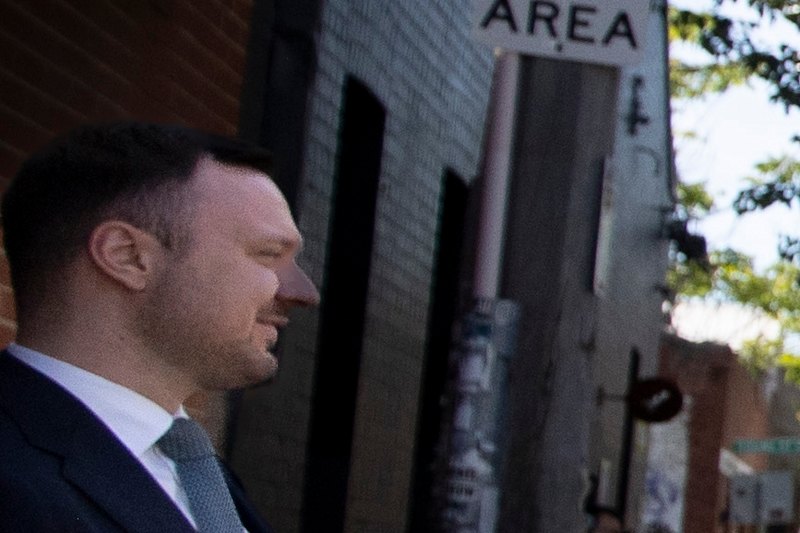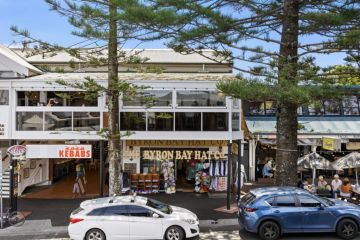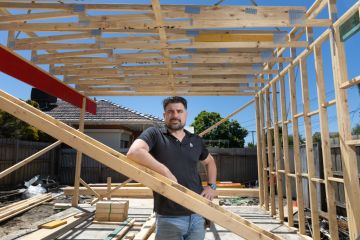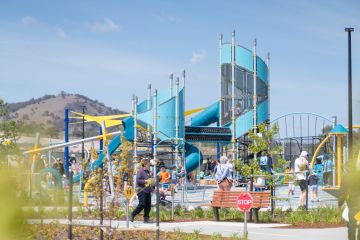Why 2017 is the 'the year to watch' for the Brisbane apartment market
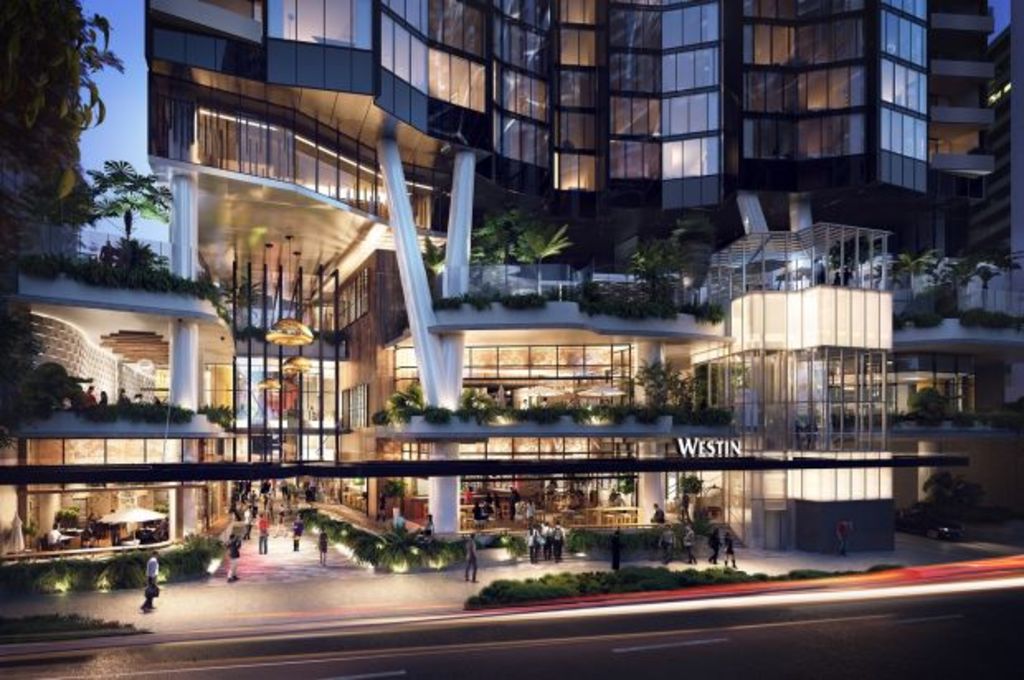
Real estate professionals say 2017 will be a crucial year for Brisbane’s apartment market – and that it’s too early to tell if it will be able to cope with the record number of rental stock expected to be released in the next 12 months.
It comes a week after the Reserve Bank flagged potential tighter lending standards because of the “looming oversupply of apartments in Brisbane, in particular”.
Domain Group chief economist Andrew Wilson said recent data showed the market was in the early stages of returning to normal. Average rents for units rose and the vacancy rate had fallen decreased from this time last year, he said.
“Certainly it’s a turnaround from the recent high levels of supply and low levels of demand in the Brisbane rental market,” Dr Wilson said. “This is a small snapshot, before we get too excited about a revival in the rental market.”
Domain Group data showed in February that the median rent for an apartment in Brisbane grew 1.3 per cent to $390 each week and the vacancy rate grew to 3.3 per cent, up 0.1 per cent year on year.
Urbis associate director Paul Riga said he had made a similar discovery in his organisation’s latest report.
“Our key finding there is the inner city vacancy rates for new apartments has seen a very slight increase over the December quarter,” he said.
The rate increased from 2.2 per cent to 2.3 per cent, although Mr Riga said the increase was less than he expected.
“In a period where we’ve seen the highest amount of settlements come through, the expectation for many people was the vacancy rate was going to be a lot higher, but it’s still at 2.3 per cent.”
The newest developments were the least affected by the oversupply, Mr Riga said, because they often managed to fill up, while others perceived to be lower quality struggled.
Inner city property management company Song Properties’ Hamish Lindsay said his company had managed to fill the majority of its apartments in a relatively short time.
“At the end of last year we put maybe two hundred apartments on the market between two buildings which settled by November,” he said. “We had 95 per cent filled in about a six week turn around.”
Mr Lindsay said the biggest factor was managing investor expectations and keeping rental prices competitive.
“It’s all price,” he said. “You’ve got to be competitive with your pricing, with some much stock on the market you’ve got to be realistic with the price point for the stock you’ve got.”
“Why would you see someone pay $400 a week for an apartment that’s four years old when you could pay $400 for a brand new block down the road?”
Urbis’ data showed that 50 per cent of renters in the inner ring moved from the middle ring, five to 20 kilometres from the city centre, where newer apartments were less common.
Mr Riga said the inner city was cannibalising renters from the rest of the city as more choice and lower prices opened up desirable options to young singles and couples.
The vacancy rate for units in the middle ring was yet to rise, but Mr Riga said it was only a matter of time.
“It’s still very much at a competitive level and the indication is that there’s still demand for inner city apartment stock,” he said. “It’s not quite there yet, I think next year is going to be the testing point for the Brisbane rental market.”
We recommend
We thought you might like
States
Capital Cities
Capital Cities - Rentals
Popular Areas
Allhomes
More
